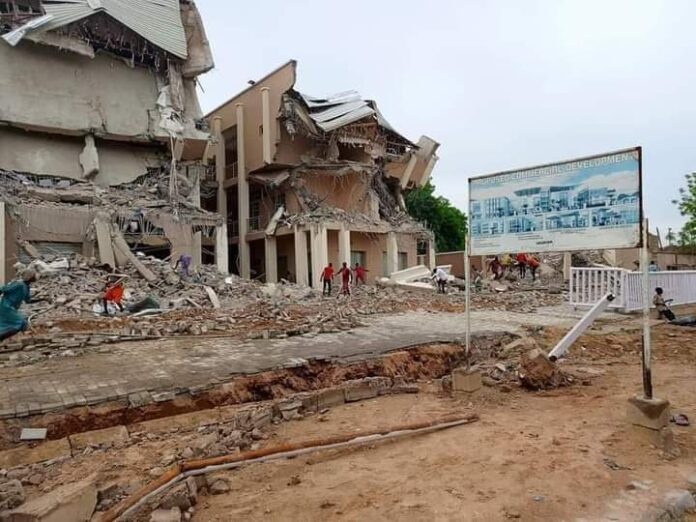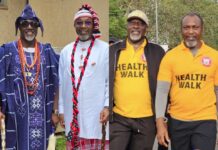Kano Demolition: The Merits and Demerits of an Exercise
By Bilkis Onozasi
In recent times, the ancient city of Kano has witnessed a significant demolition drive, as the state government seeks to overhaul its urban landscape.
The government so far has demolished business premises, residences alleged sited on public places.
story buildings, shops in the Nasarawa GRA which is said to be government property but the previous administration has sold it out to private individuals and the money did not reflect in the government treasury.
Apart from demolitions of properties on schools, health and other public spaces, the state government also demolished a famous Kano monument a symbolic structure that celebrate ‘Kano Golden Jubilee.’
While the demolition exercise continues to generate intense debate and controversy among various stakeholders, including residents, urban planners and activists, government officials gave excuses their actions.
Meanwhile, the proponents of the demolition drive argue that it is necessary for Kano’s urban transformation and long-term growth. They cite reasons such as urban Renewal.
According to them, Kano, like many other rapidly growing cities, faces challenges of inadequate infrastructure, overcrowding, and inefficient land use. They therefore, argue that the demolition drive is a crucial step towards urban renewal, aiming to address these issues and create a more livable and sustainable city.
Similarly, other view the exercise from tje perspective of road expansion and traffic management. This group believes that Kano’s burgeoning population has led to increased traffic congestion, hindering mobility and economic activities. According to them, the demolition drive is aimed at widening roads, construct flyovers, and create new transportation corridors to alleviate traffic congestion and improve overall connectivity.
Read Also:
Others are of the opinion that the exercise could tackle encroachment and illegal structures: Some areas have witnessed haphazard construction, which has resulted in compromised safety, sanitation issues, and unauthorized land use.
While the government and its supporters advocate for the demolition drive, critics raise significant concerns and question its justification. Some key arguments against the demolitions include: displacement and social impact that affected a substantial number of residents, including low-income families and small business owners who have lost their homes and means of livelihoods.
The critics also claim that the government’s decision-making process lacked transparency and public participation. Proper consultation with affected communities, urban planners, and other stakeholders was allegedly neglected, undermining trust and accountability.
To a large extent, the demolitions have disrupted the operations of small businesses and marketplaces, impacting the local economy. The government should have explored alternatives, such as upgrading infrastructure in existing areas, to minimize economic disruption while achieving urban transformation goals.
To address the controversy surrounding the demolitions in Kano, it is crucial to find a balance between urban development and preserving the city’s social fabric and cultural heritage. This can be achieved through the following measures:
The government should ensure transparency and public participation in the decision-making process. Engaging with affected communities, urban planners, and heritage experts will help generate a comprehensive understanding of the city’s needs and concerns.
Rather than focusing solely on demolition, urban planning should be approached holistically. This includes upgrading existing infrastructure, developing alternative housing options, improving public transportation, and creating green spaces. A well-designed urban plan can accommodate growth while preserving Kano’s unique identity.
The government should prioritize social welfare and provide adequate compensation and alternative housing options for those affected.
Bilkis Onozasi Bello
Faculty Of Communication
Bayero University Kano
















